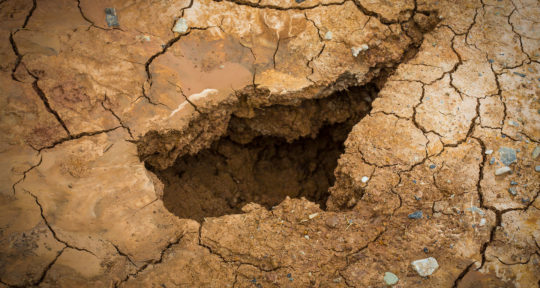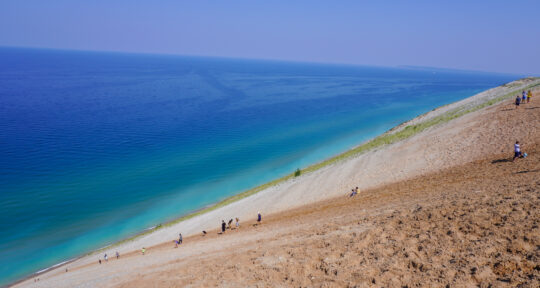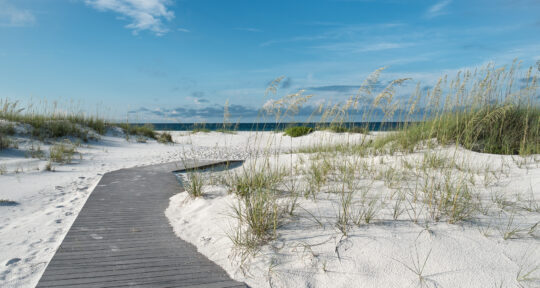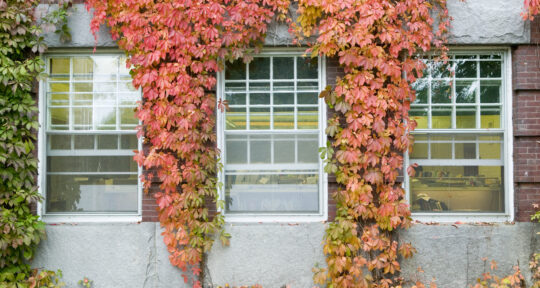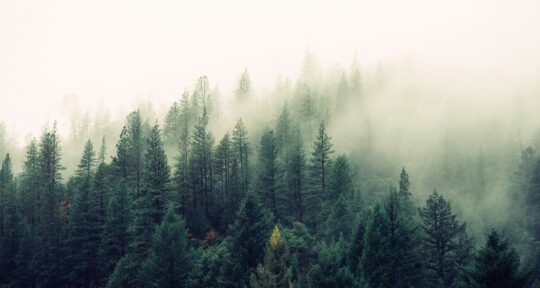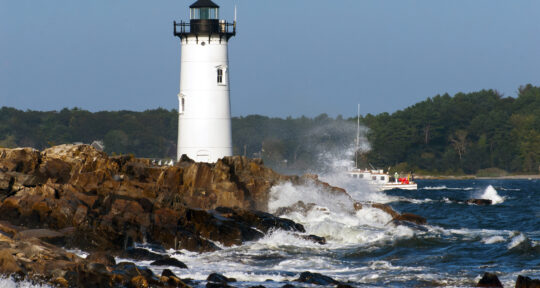I’m walking through the woods, leash in hand, with a sassy llama named Andy attached to the other end. Andy is one of Dakota Ridge Farm’s 40 resident llamas and he is quite the hungry character. We’ve already stopped several times for Andy to snag another clump of leaves, the branches dangling out of his mouth as he happily chomps away.
“They act like we don’t feed them; it’s embarrassing,” says Katrina Capasso, one of Dakota Ridge’s owners, as we walk along a forest path behind the farm. “They definitely like to stop for snacks.”
I’m taking part in the farm’s llama trekking activity, a 1.5-mile jaunt through the woods to a cute little picnic spot where we stop for lunch with our furry companions.
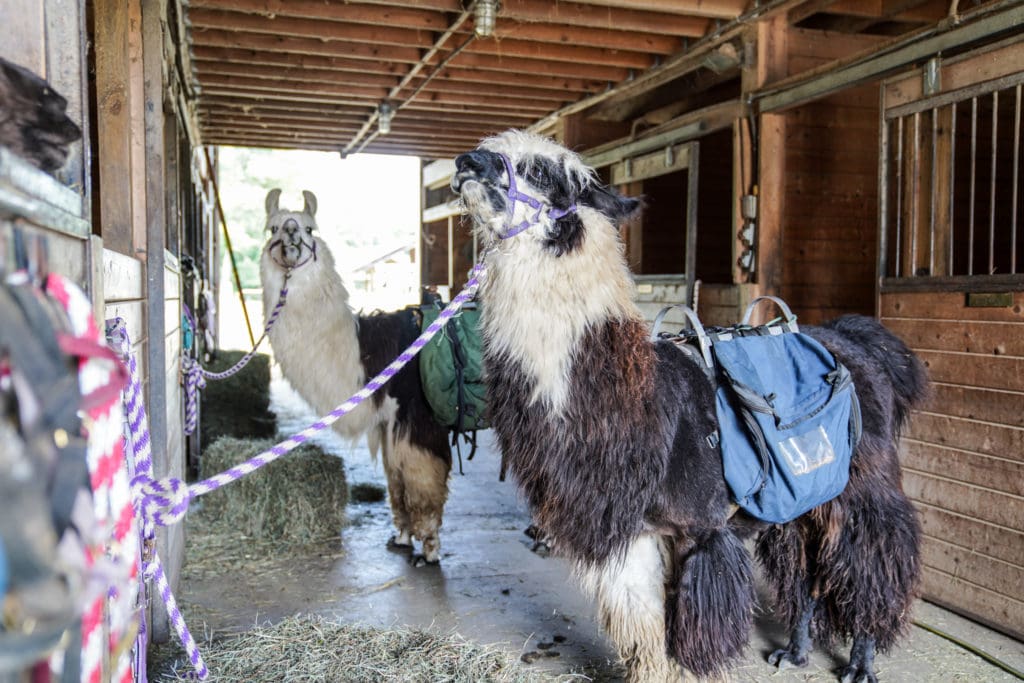
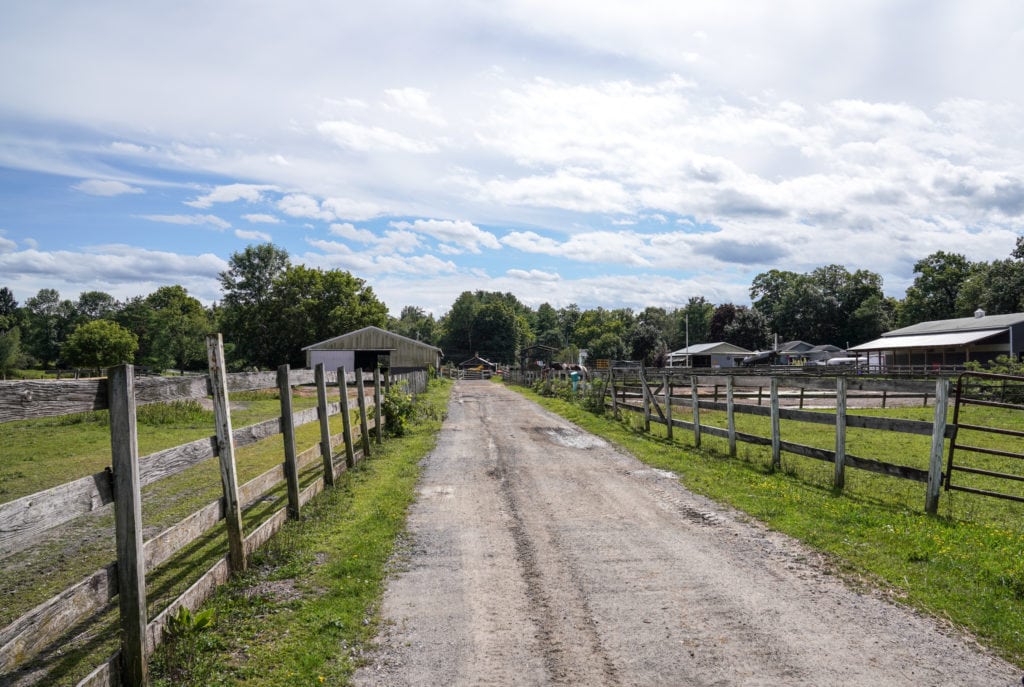
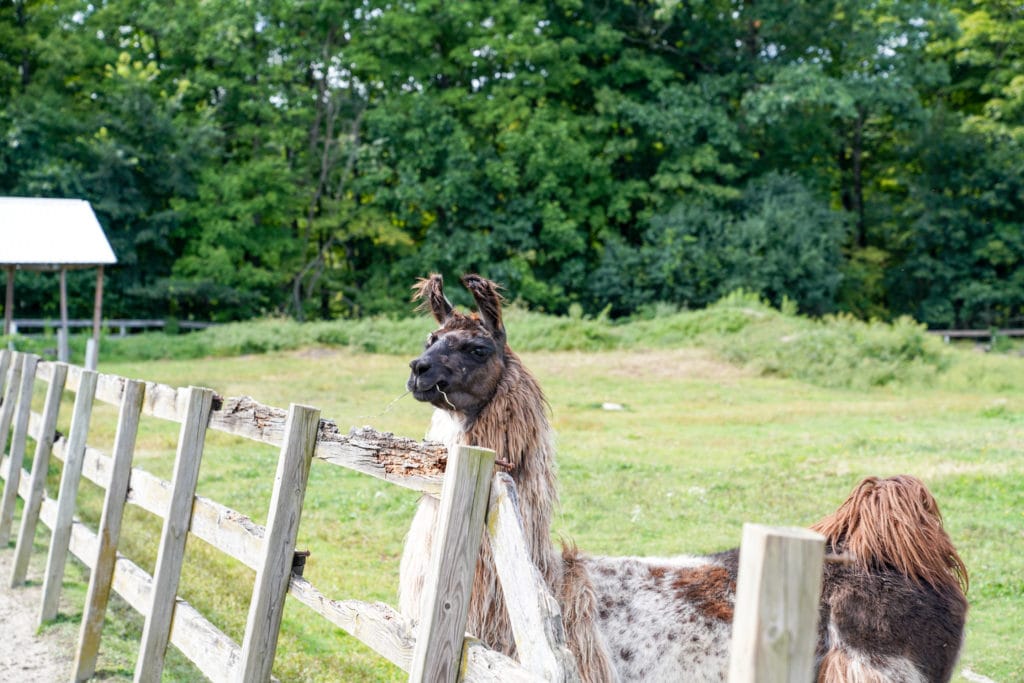
Since the COVID-19 pandemic began, I have been jonesing for a unique and socially distanced outdoor activity in my own backyard, and this fits the bill nicely. Located in Upstate New York—just south of Saratoga Springs in Ballston Spa—the 42-acre Dakota Ridge Farm has offered tours and other programs to the public for about 15 years. It all started with one llama named Dakota, gifted to Capasso as a wedding gift in 1990 from her husband Gary.
“Growing up, I had seen llamas at Catskill Game Farm and fell in love with their beautiful eyes and personalities,” Capasso says.
Mystical creatures
Capasso and her husband now board 20 llamas for others and approximately 40 of their own. Her passion for the animals and their wellbeing is evident.
“We can’t say enough about what our venture into the llama industry has done for us,” Capasso says. “Llamas display a serenity and dignity that is regal, quiet, stress-relieving, and awe-inspiring, to say the least. What began as a hobby has provided immeasurable joy to us and our family of boarders.”
Their mission, she says, is “to spread the word about these magical and mystical creatures with love.”
Dakota Ridge offers farm tours, guided llama treks, pet therapy, and educational visits, as well as sales, rescue, and re-homing of llamas. A “yoga with llamas” program is currently in the works. In the beginning, it was a weekend-only operation, but there are now as many as six tours a day. Due to COVID-19, all tours are private, but Capasso says it’s been their busiest summer season to date.
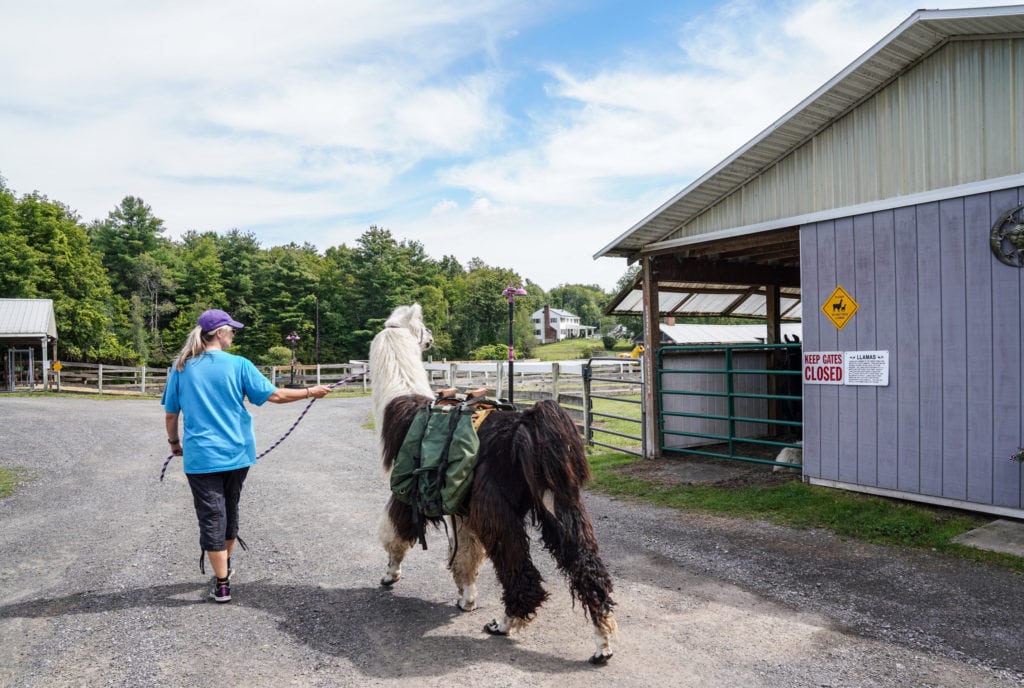
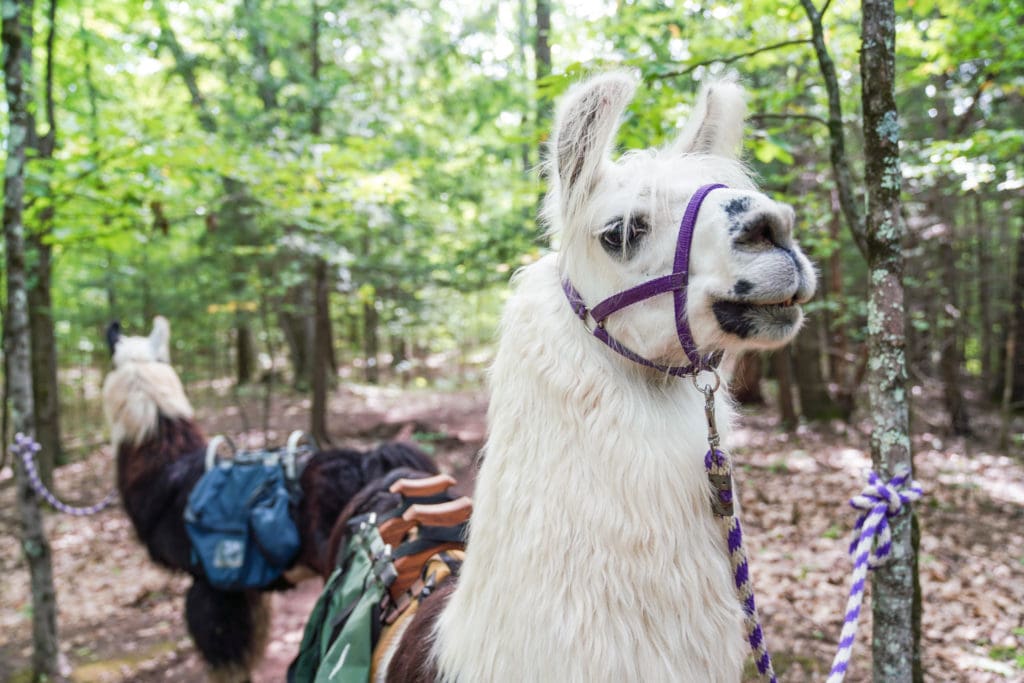
One llama length apart
Although “walking a llama” might not immediately come to mind when thinking of pandemic-friendly activities, perhaps it should. It’s not hard to stay six feet apart and enjoy the fresh air when on the farm mingling with these amusing animals.
“We have heard from several visitors that what we offer is perfect for social distancing,” Capasso says. “On the treks, we are able to easily stay a ‘llama length’ away from each other. For the farm tours, the barns are wide open and we are cleaning door handles and busy areas consistently.”
Currently, the farm tours and llama treks are capped at six people to ensure a safe experience for all visitors. Everyone—except the llamas—wears a face mask and we are sure to maintain a safe distance from one another on the trail. Although we walk at a leisurely pace, I am told that the llamas often pick up speed on the return trip because, as Capasso says, “they know they’re going home.” Apparently, the llamas are also able to lead you back to the farm if you get lost, a theory I thankfully do not have to put to the test.
“I used to come out here and jog with the llamas on the trail,” Capasso says as we make our way through the serene woods. I didn’t bring my running sneakers, but Andy doesn’t seem like he’s in the mood for a cardio workout either.
As we climb a small hill next to the picturesque creek, Andy and I are both breathing heavily. Despite having had a sizable snack before we set out on our trek, my llama companion spends most of the remaining walk veering into tall bushes to shove leaves—dead or alive—into his mouth.
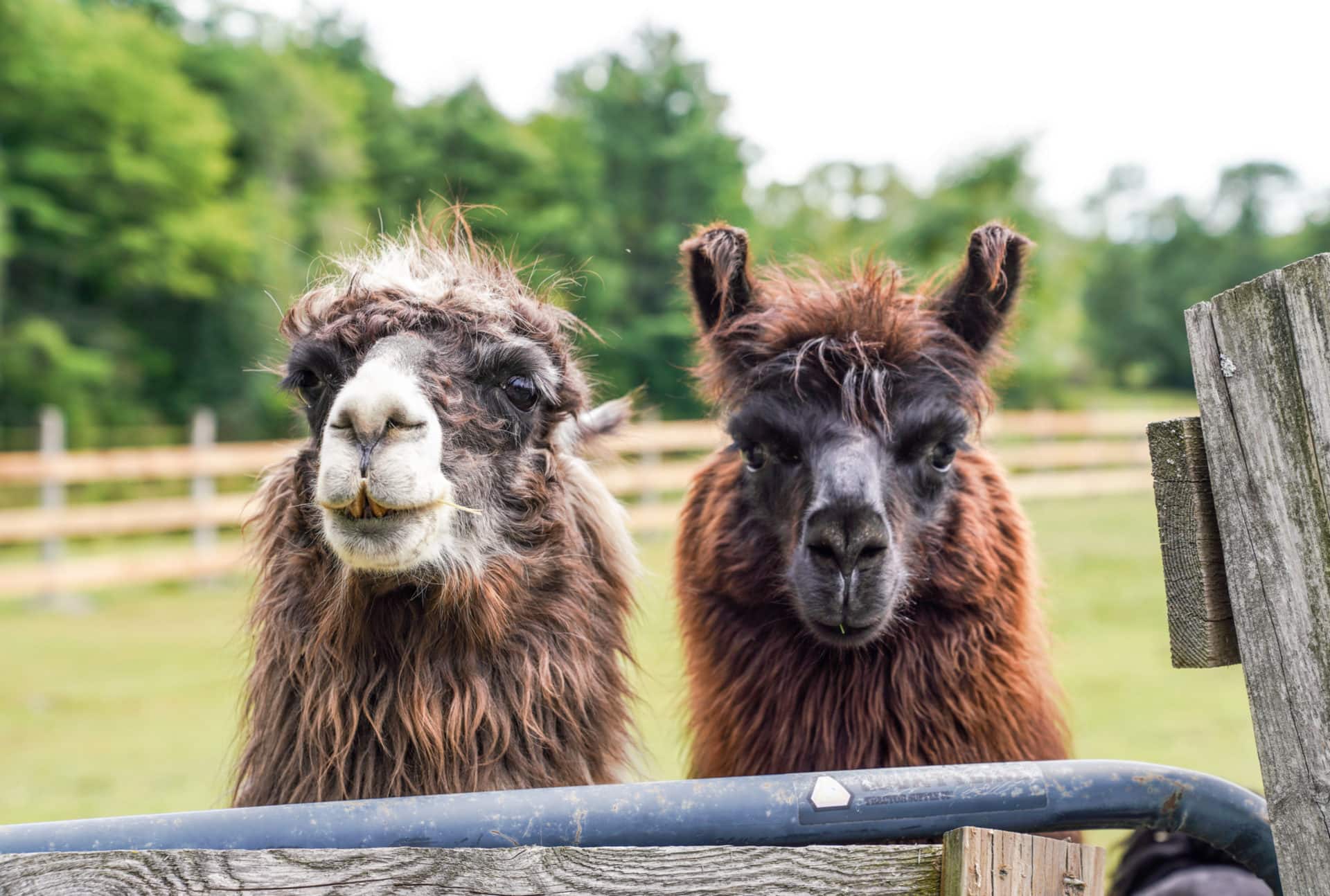
Meet and greet
When we return to the main farm area, it’s time to meet the baby llamas. Moe, a fuzzy toddler, is basking in a fan’s breeze. The farm’s newest addition is a fluffy black and tan, dark blue-eyed baby llama named Chokko. He ambles over to me, and his fur is as soft as it looks.
I quickly learn that each llama has its own distinctive personality. Mike is quite fond of food and has been known to push other llamas out of the way to get more. Peanut often acts as the welcome brigade to visitors and clearly loves attention.
I hear Renegade’s Outlaw, the farm’s resident “drama llama” before I see him: “He starts trouble with the other males, wrestling and chasing, and then screaming at them, even from across the field,” Capasso says.
Any day taking a walk in the woods with a llama is a good day, and with so many different personalities, it’s not hard to find your own llama counterpart at Dakota Ridge. I’m pretty sure I found mine in “snacks-a-lot” Andy.
If you go
Dakota Ridge Farm‘s llama trekking season runs from September to November and then again in the spring from April to the end of June. Llamas are provided but you’ll have to bring your own lunch (and don’t forget your face mask). Tours and treks can be booked online via the farm’s website.

